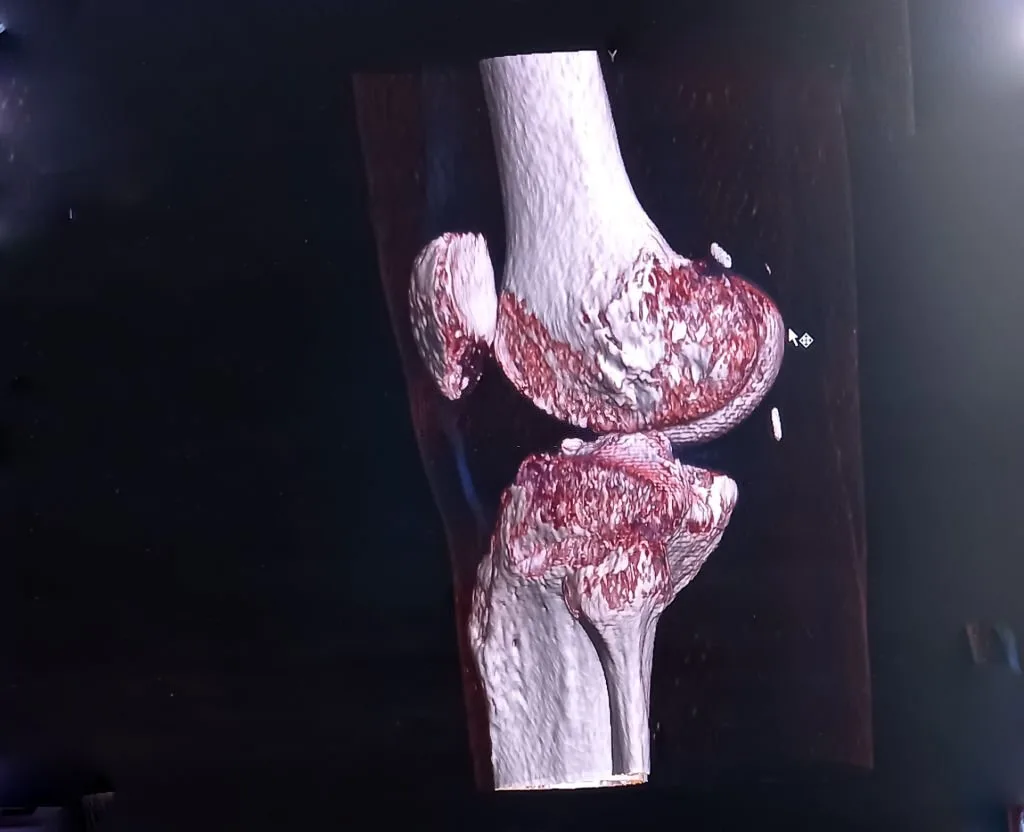Osteoporosis, also known as “weak bones,” is a disorder in which bones weaken and become more brittle, increasing the risk of fractures. Millions of individuals around the world are impacted by this widespread illness. There are numerous variables that can contribute to the development of osteoporosis, despite the fact that it is a condition with a high prevalence.

Lack of calcium and vitamin D in the diet is one of the most frequent causes of osteoporosis. Both of these nutrients are crucial for keeping bones strong, and shortages can eventually cause bones to deteriorate. Numerous factors, including an imbalanced diet, inadequate intake of these nutrients from food sources, and insufficient exposure to sunlight for the normal generation of vitamin D, can contribute to a diet that is deficient in calcium and vitamin D.
Another important factor in the onset of osteoporosis is age. Our bones gradually deteriorate and grow more brittle as we age. This is brought on by a decline in bone mass and an increase in the volume of bone tissue lost annually. Because oestrogen levels in postmenopausal women are lower than in pre-menopausal women, which contributes to maintaining bone strength and density, these women are particularly susceptible to developing osteoporosis.
Some drugs, such as steroids, and specific medical diseases, such as celiac disease, Crohn’s disease, and thyroid issues are additional variables that might cause osteoporosis. Additionally, excessive drinking and smoking also raise the risk of osteoporosis.
Additionally, inactivity and lack of exercise might cause brittle bones. As it helps to stimulate bone growth and increase bone density, regular exercise is crucial for maintaining bone health. Regular exercise can assist postmenopausal women lower their chance of developing osteoporosis, so it is very vital for them to do so.
Finally, the development of osteoporosis may also be influenced by heredity. A family history of osteoporosis as well as specific genetic disorders can raise the chance of getting the condition.
Overall, a wide range of variables can play a role in the onset of osteoporosis. It’s critical to comprehend the condition’s causes and take precautions to lower the risk. Important actions to take include eating a nutritious diet high in calcium and vitamin D, getting enough exercise, and abstaining from smoking and binge drinking. Additionally, it’s crucial to discuss risk reduction strategies with your doctor if you have a family history of osteoporosis or any other health issue that could raise your risk.




